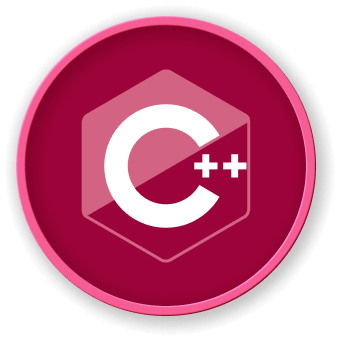Sanitization Strategies
Input sanitization is the process of cleaning and transforming user inputs to remove potentially harmful or unwanted characters before processing. It goes beyond validation by actively modifying input to ensure safety and consistency.
Key Sanitization Techniques
1. String Sanitization
#include <string>
#include <algorithm>
#include <cctype>
class StringSanitizer {
public:
// Remove special characters
static std::string removeSpecialChars(const std::string& input) {
std::string sanitized = input;
sanitized.erase(
std::remove_if(sanitized.begin(), sanitized.end(),
[](char c) {
return !(std::isalnum(c) || c == ' ');
}),
sanitized.end()
);
return sanitized;
}
// Trim whitespace
static std::string trim(const std::string& input) {
auto start = std::find_if_not(input.begin(), input.end(), ::isspace);
auto end = std::find_if_not(input.rbegin(), input.rend(), ::isspace).base();
return (start < end) ? std::string(start, end) : "";
}
};
2. HTML Escaping
class HTMLSanitizer {
public:
static std::string escapeHTML(const std::string& input) {
std::string sanitized;
for (char c : input) {
switch (c) {
case '&': sanitized += "&"; break;
case '<': sanitized += "<"; break;
case '>': sanitized += ">"; break;
case '"': sanitized += """; break;
case '\'': sanitized += "'"; break;
default: sanitized += c;
}
}
return sanitized;
}
};
Sanitization Workflow
flowchart TD
A[Raw Input] --> B{Validate Input}
B --> |Valid| C[Remove Special Chars]
C --> D[Trim Whitespace]
D --> E[Escape HTML/Special Chars]
E --> F[Processed Input]
B --> |Invalid| G[Reject Input]
Sanitization Strategies Comparison
| Strategy |
Purpose |
Example |
| Character Removal |
Remove unsafe characters |
Remove special symbols |
| Escaping |
Prevent code injection |
HTML character escaping |
| Normalization |
Standardize input format |
Convert to lowercase |
| Truncation |
Limit input length |
Crop to max characters |
Advanced Sanitization Techniques
class InputFilter {
public:
static std::string filterAlphanumeric(const std::string& input) {
std::string filtered;
std::copy_if(input.begin(), input.end(),
std::back_inserter(filtered),
[](char c) { return std::isalnum(c); }
);
return filtered;
}
static std::string limitLength(const std::string& input, size_t maxLength) {
return input.substr(0, maxLength);
}
};
2. Regex-based Sanitization
#include <regex>
class RegexSanitizer {
public:
static std::string sanitizeEmail(const std::string& email) {
std::regex email_regex(R"(^[a-zA-Z0-9._%+-]+@[a-zA-Z0-9.-]+\.[a-zA-Z]{2,}$)");
if (std::regex_match(email, email_regex)) {
return email;
}
return "";
}
};
Security Considerations
- Never trust user inputs
- Apply multiple sanitization layers
- Use standard library functions
- Be context-aware in sanitization
- Log and monitor sanitization events
Comprehensive Example
int main() {
std::string userInput = " Hello, <script>alert('XSS');</script> ";
// Sanitization pipeline
std::string sanitized = StringSanitizer::trim(userInput);
sanitized = StringSanitizer::removeSpecialChars(sanitized);
sanitized = HTMLSanitizer::escapeHTML(sanitized);
std::cout << "Original: " << userInput << std::endl;
std::cout << "Sanitized: " << sanitized << std::endl;
return 0;
}
Conclusion
Effective input sanitization is crucial for maintaining application security and preventing potential vulnerabilities. By implementing robust sanitization strategies, developers can significantly reduce risks associated with malicious or unexpected inputs.




